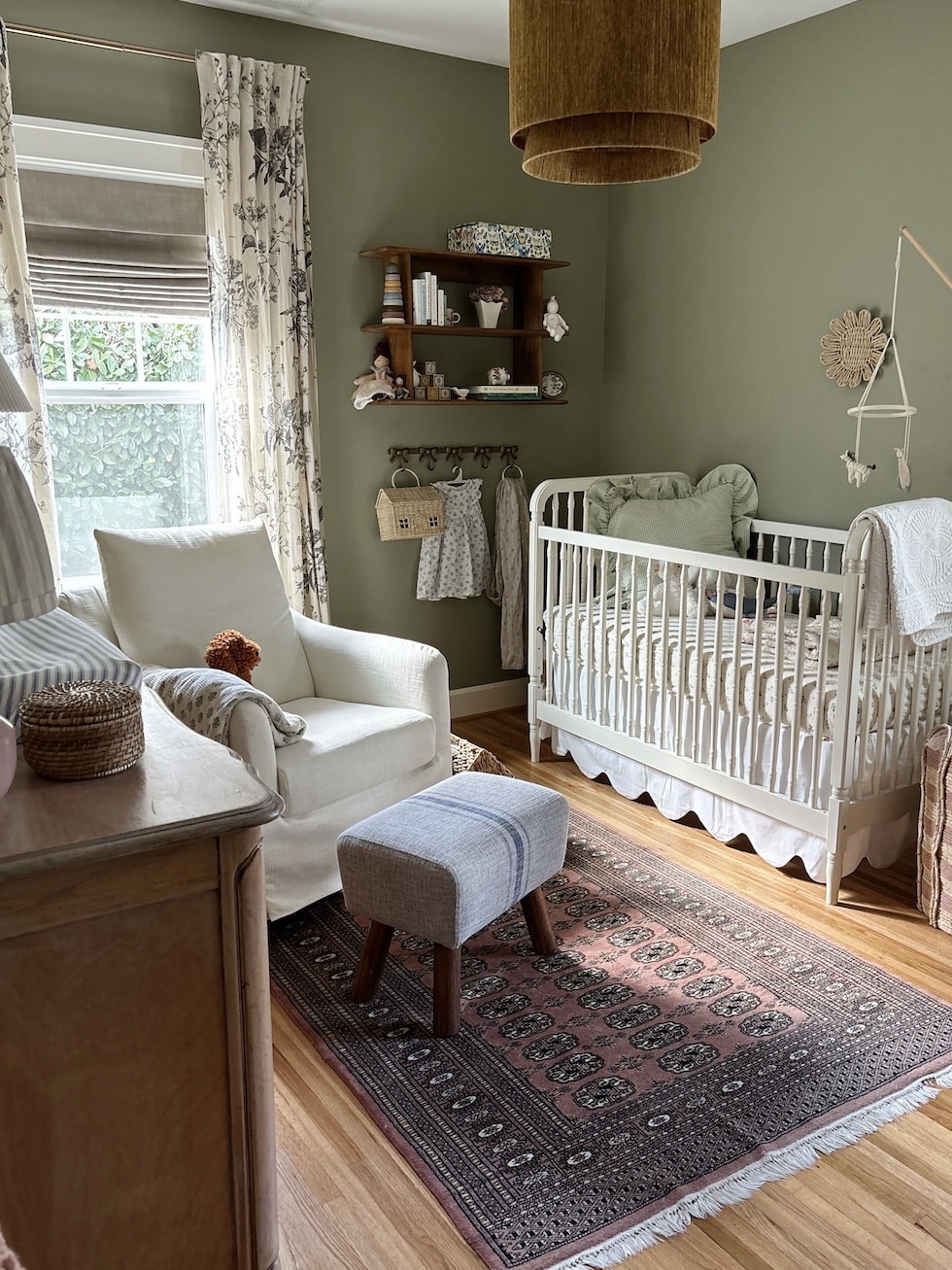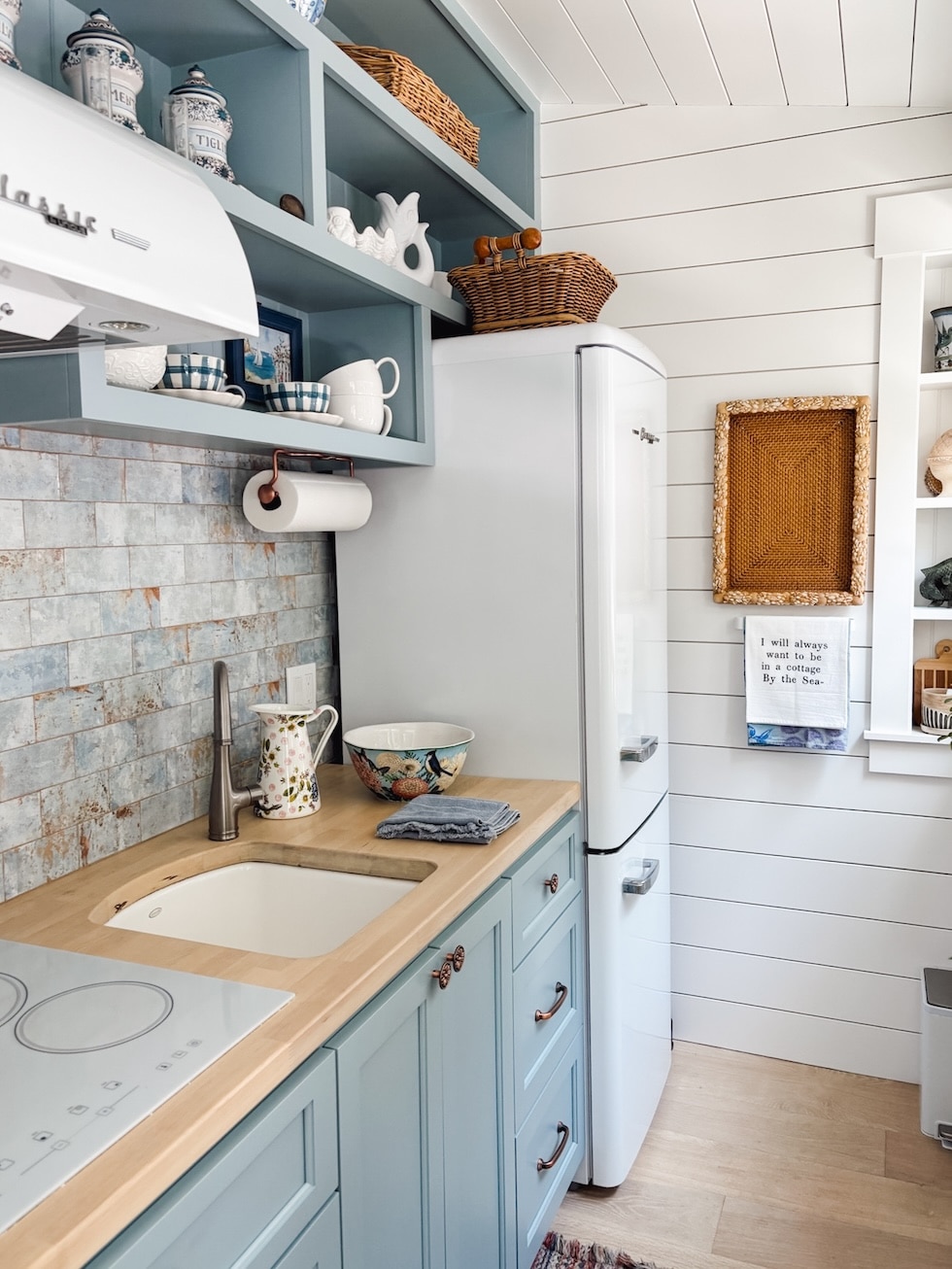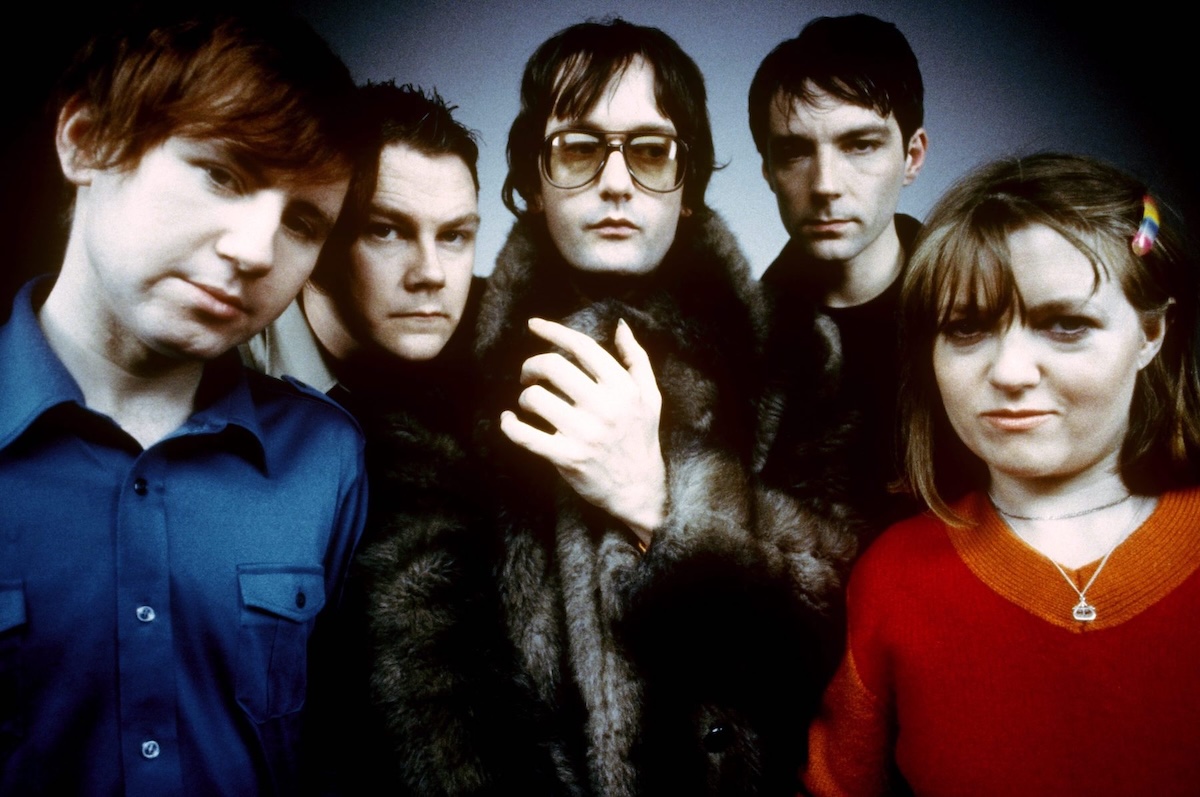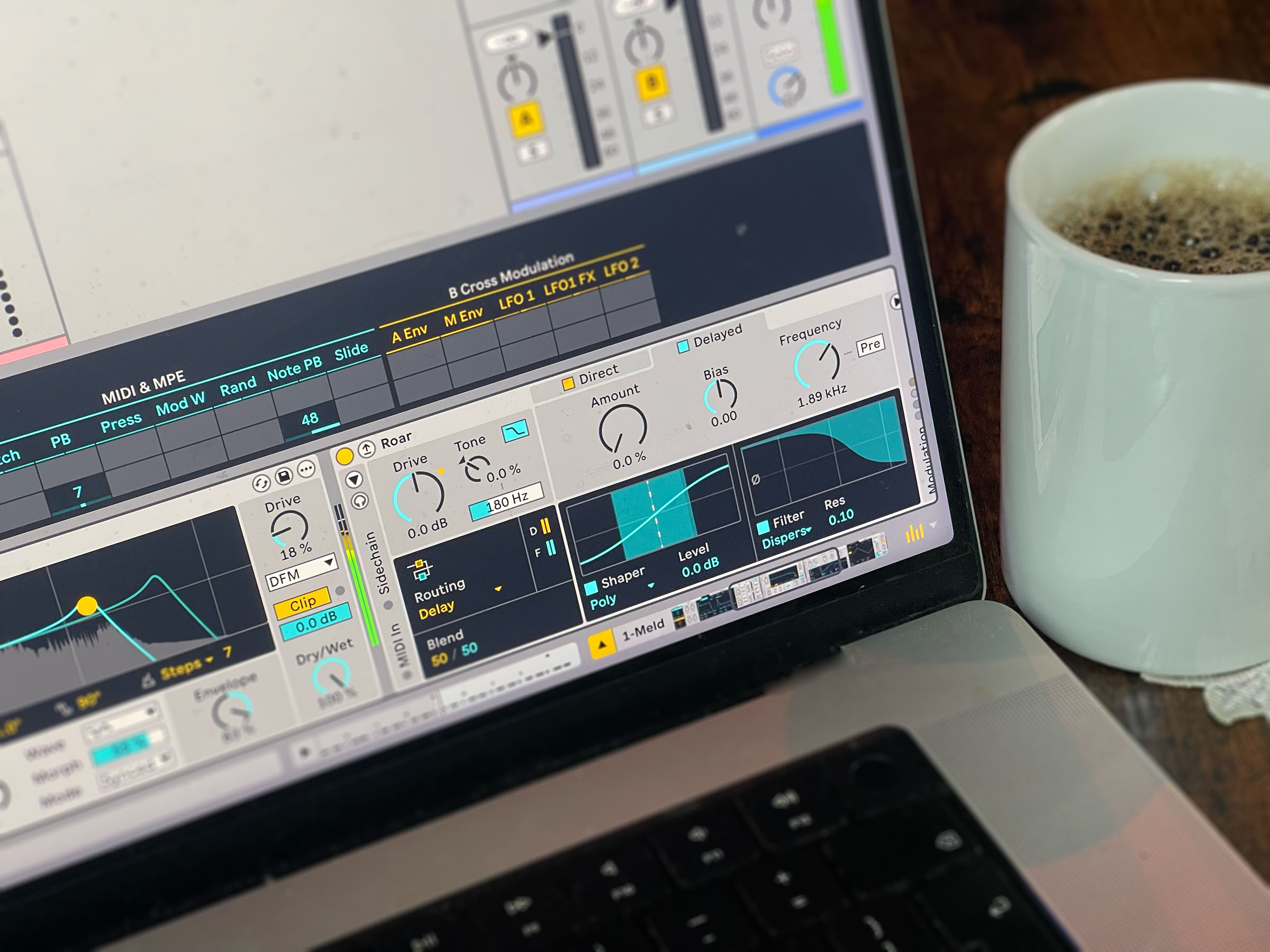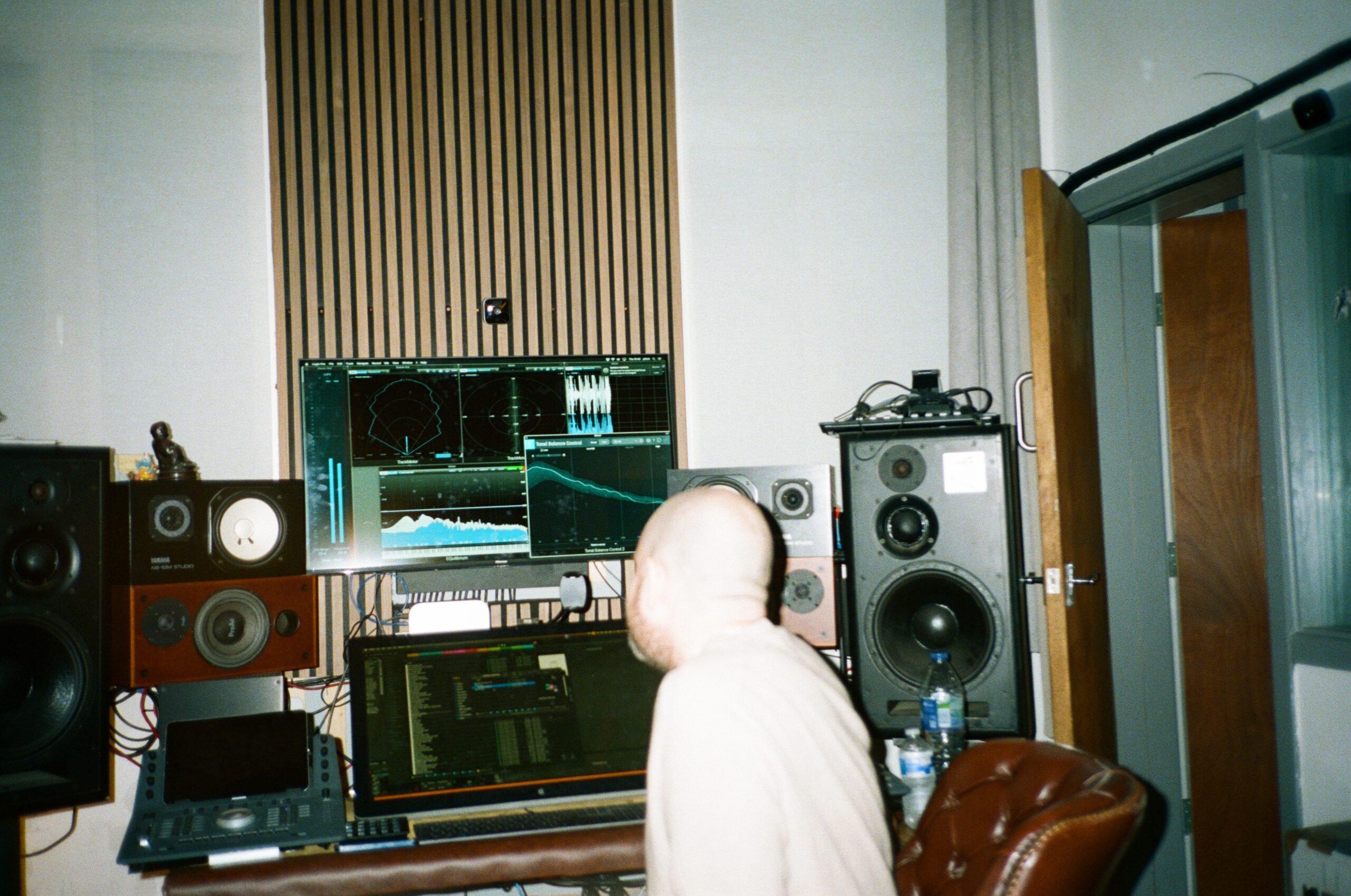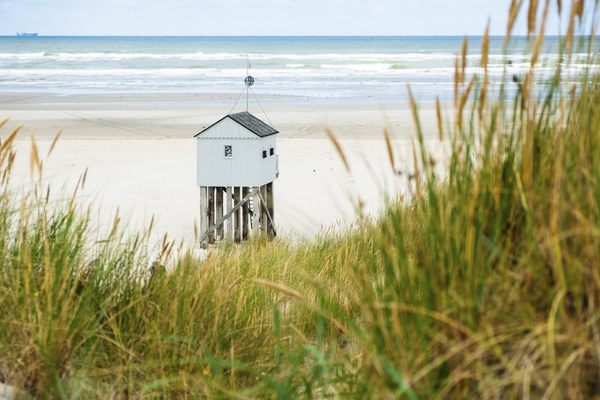Heritance Tea Factory in Kandapola, Sri Lanka
Strictly speaking, Heritance Tea Factory is a hotel, but it is much more than that. Traces of this building’s former self as Hethersett Factory are evident everywhere. The inner courtyard at the basement level is entirely occupied by an enormous generator in mint condition. Every evening, it is turned on manually, the weathered leather belts start traveling up and down the court, and two gigantic fans on the upper floor begin to rotate (these were used to dry the tea leaves). This so-called National Generator is an 80-horsepower single-cylinder engine. Like other machinery on the property, this behemoth was imported in the early 20th century from the United Kingdom. It is not known how it was transported to this remote location, but the most credible hypothesis is that elephants were deployed. The National Generator definitely steals the show, but obvious traces of the era are evident throughout the structure, from the old-fashioned gate-style lift with visible mechanics to the girders and original ironwork perfectly integrated in the architecture of the building, from the hardwood flooring to the fuel cylinders that now adorn the dining room. On the immediate grounds surrounding the main building are more heavy-duty tools, such as iron rollers, a twin cylinder engine, and the TCK 6685 train carriage that once used to travel on the Udupussellawa line. A little further is the actual small but functioning tea factory, which can be visited under the supervision of a guide. Here, the journey of a single leaf of tea from the plant to the teabag is spelled out in detail, from plucking to withering, from rolling to oxidizing, from drying to sifting. Apart from plucking, which is still done by hand, all other steps require dedicated machinery, the mechanics of which has not changed much since the 19th century. Perhaps the most stunning aspect of this factory is the setting. Twenty-five acres of tea plantation belong to the Heritance Tea Factory, which is relatively small, but the main building is located on the top of a hill, with commanding views of the nearby hills and beyond, and as far as the eye can see, it is a sea of tea plantations, with the occasional vegetable garden nestled in, and a few spindly trees here and there. Given that the Heritance Tea Factory is at a considerable 6,500 feet of altitude, it is not uncommon that in the morning banks of mist hide and reveal sections of the landscape at irregular intervals. Once the day warms up, the mist usually disappears and what follows is an explosion of all the different shades and hues of green that the human eye can appreciate.
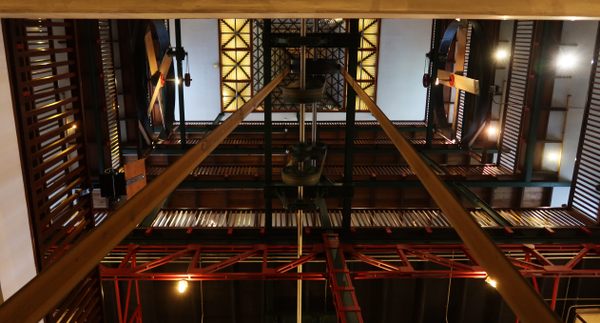

Strictly speaking, Heritance Tea Factory is a hotel, but it is much more than that. Traces of this building’s former self as Hethersett Factory are evident everywhere. The inner courtyard at the basement level is entirely occupied by an enormous generator in mint condition. Every evening, it is turned on manually, the weathered leather belts start traveling up and down the court, and two gigantic fans on the upper floor begin to rotate (these were used to dry the tea leaves). This so-called National Generator is an 80-horsepower single-cylinder engine. Like other machinery on the property, this behemoth was imported in the early 20th century from the United Kingdom. It is not known how it was transported to this remote location, but the most credible hypothesis is that elephants were deployed.
The National Generator definitely steals the show, but obvious traces of the era are evident throughout the structure, from the old-fashioned gate-style lift with visible mechanics to the girders and original ironwork perfectly integrated in the architecture of the building, from the hardwood flooring to the fuel cylinders that now adorn the dining room.
On the immediate grounds surrounding the main building are more heavy-duty tools, such as iron rollers, a twin cylinder engine, and the TCK 6685 train carriage that once used to travel on the Udupussellawa line. A little further is the actual small but functioning tea factory, which can be visited under the supervision of a guide. Here, the journey of a single leaf of tea from the plant to the teabag is spelled out in detail, from plucking to withering, from rolling to oxidizing, from drying to sifting. Apart from plucking, which is still done by hand, all other steps require dedicated machinery, the mechanics of which has not changed much since the 19th century.
Perhaps the most stunning aspect of this factory is the setting. Twenty-five acres of tea plantation belong to the Heritance Tea Factory, which is relatively small, but the main building is located on the top of a hill, with commanding views of the nearby hills and beyond, and as far as the eye can see, it is a sea of tea plantations, with the occasional vegetable garden nestled in, and a few spindly trees here and there. Given that the Heritance Tea Factory is at a considerable 6,500 feet of altitude, it is not uncommon that in the morning banks of mist hide and reveal sections of the landscape at irregular intervals. Once the day warms up, the mist usually disappears and what follows is an explosion of all the different shades and hues of green that the human eye can appreciate.




![Relive Old School Arcade Thrills With New Gameplay Trailer for ‘Toxic Crusaders’ [Watch]](https://bloody-disgusting.com/wp-content/uploads/2025/06/toxiccrusaders-1.jpg)
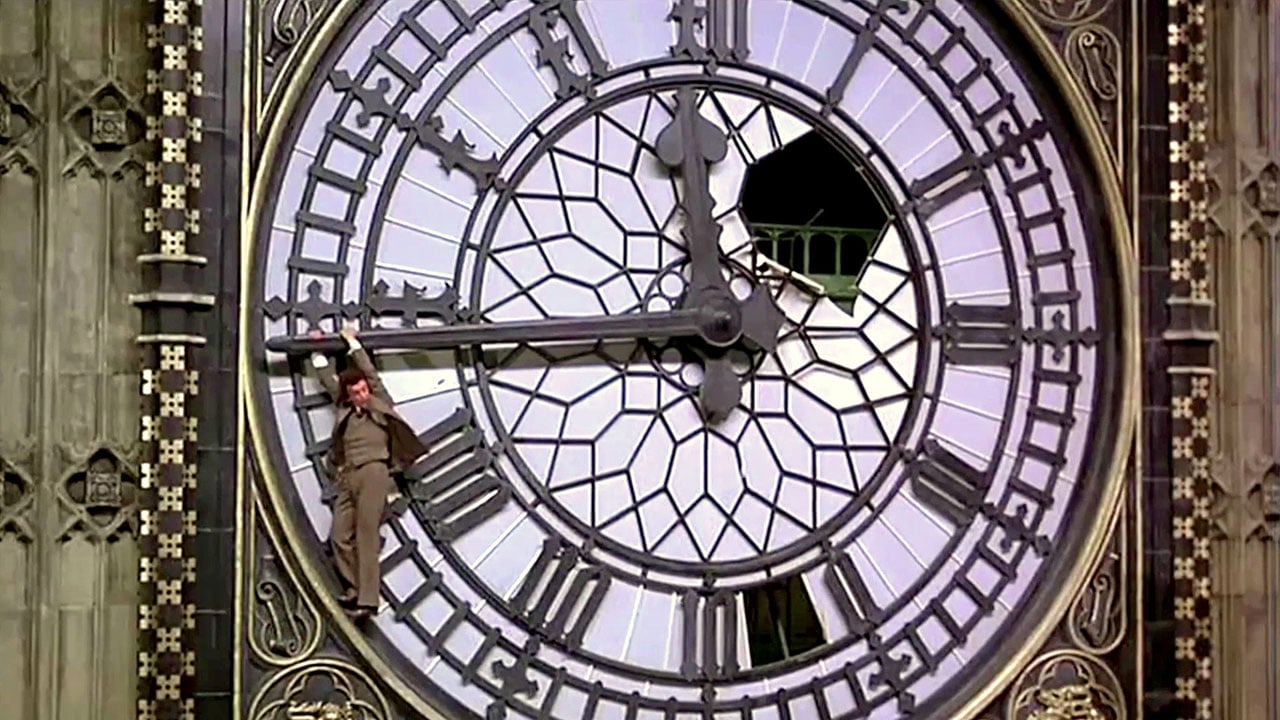
![How the Rage Virus Has Evolved ’28 Years Later’ with New Mutations [Interview]](https://bloody-disgusting.com/wp-content/uploads/2025/06/Screenshot-2025-06-17-123229.png)





















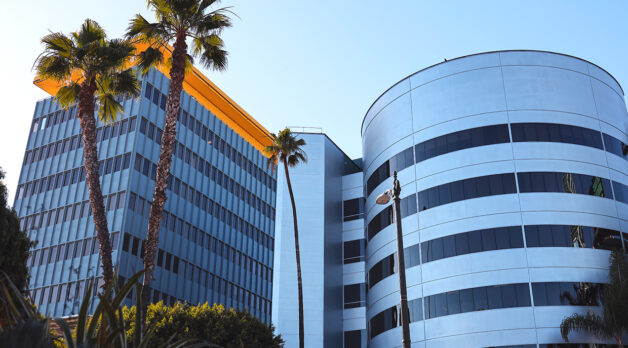
![“[You] Build a Movie Like You Build a Fire”: Lost Highway DP Peter Deming on Restorations, Lighting and Working with David Lynch](https://filmmakermagazine.com/wp-content/uploads/2025/03/1152_image_03-628x348.jpg)





















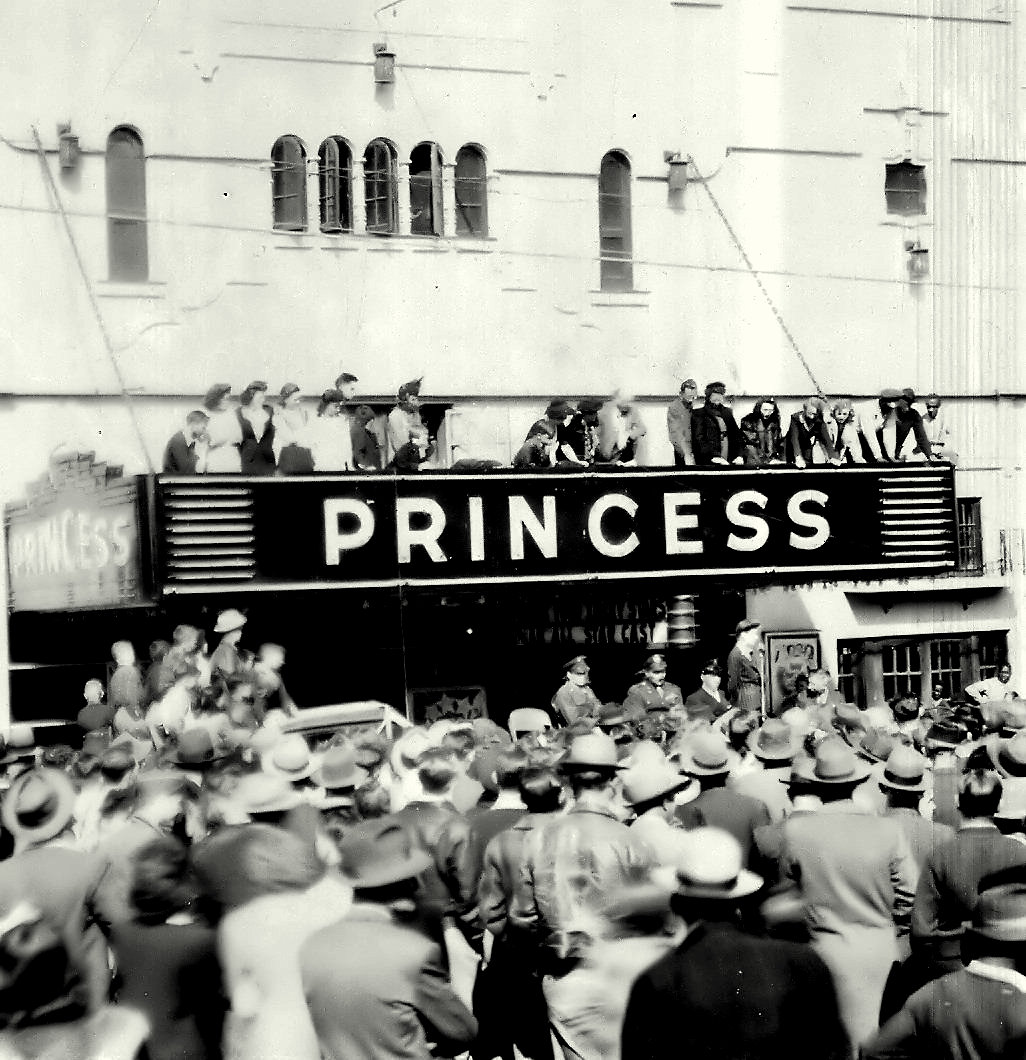
![Reinventing the Present [10]](https://jonathanrosenbaum.net/wp-content/uploads/2011/05/10-driver3.jpg)
![Red Tape [THE STORY OF QIU JU]](https://jonathanrosenbaum.net/wp-content/uploads/2011/06/thestoryofqiu.jpg)






































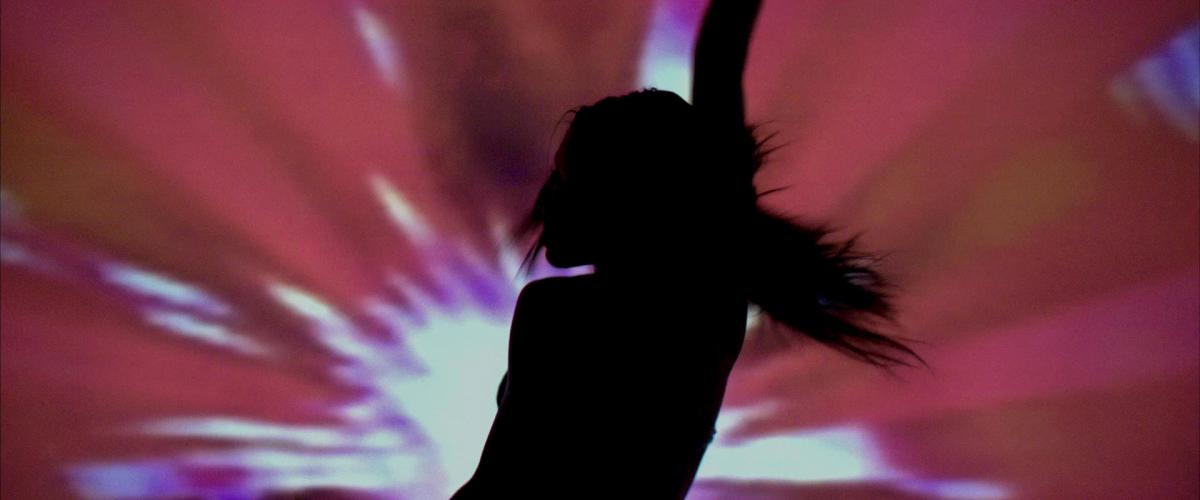





























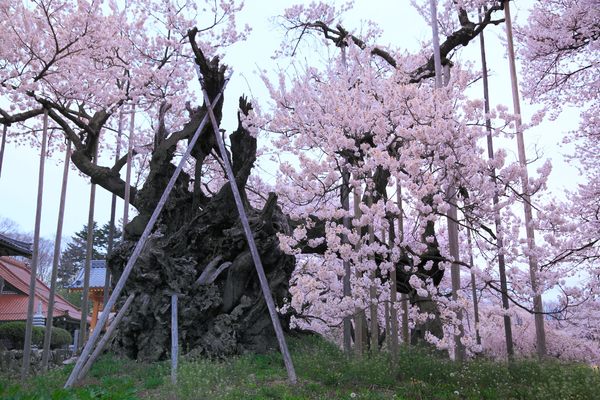
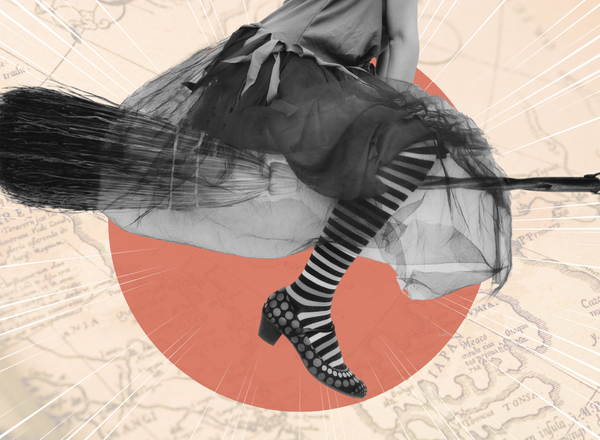




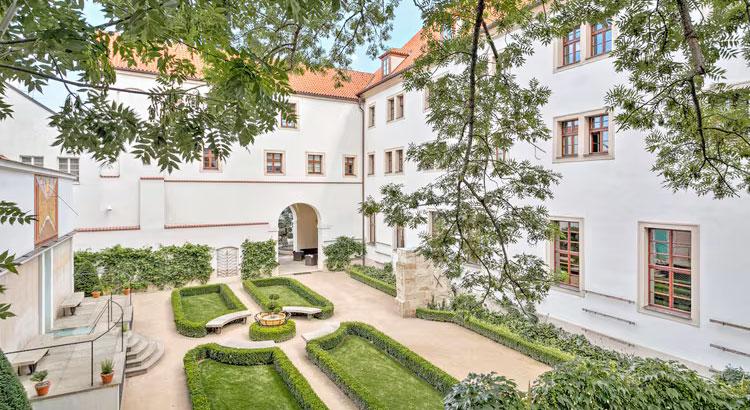












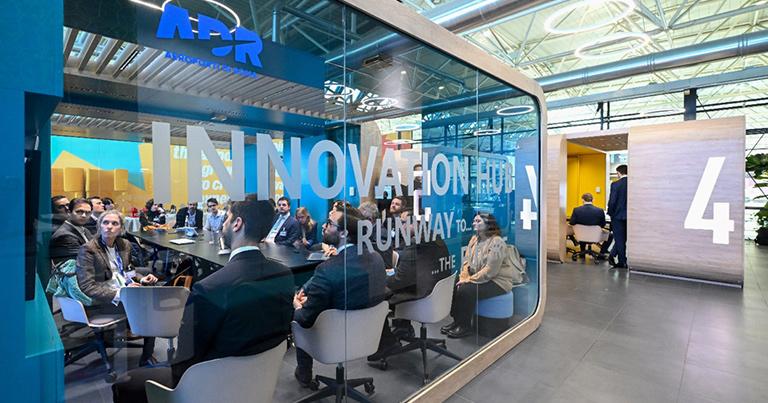
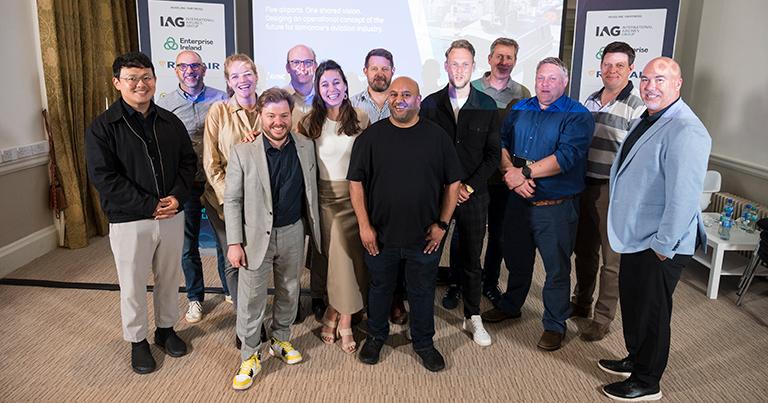
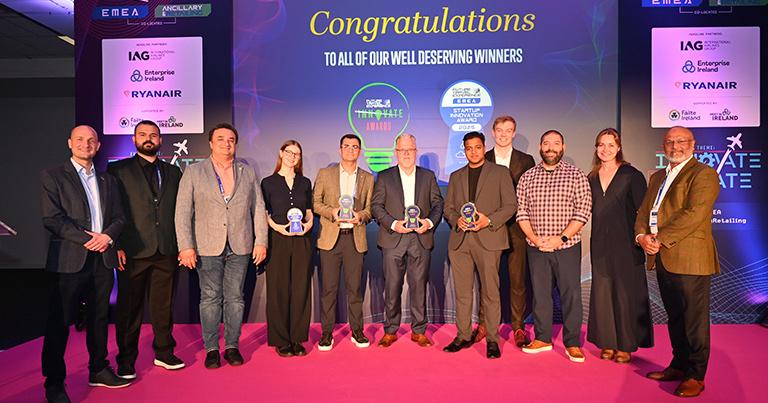


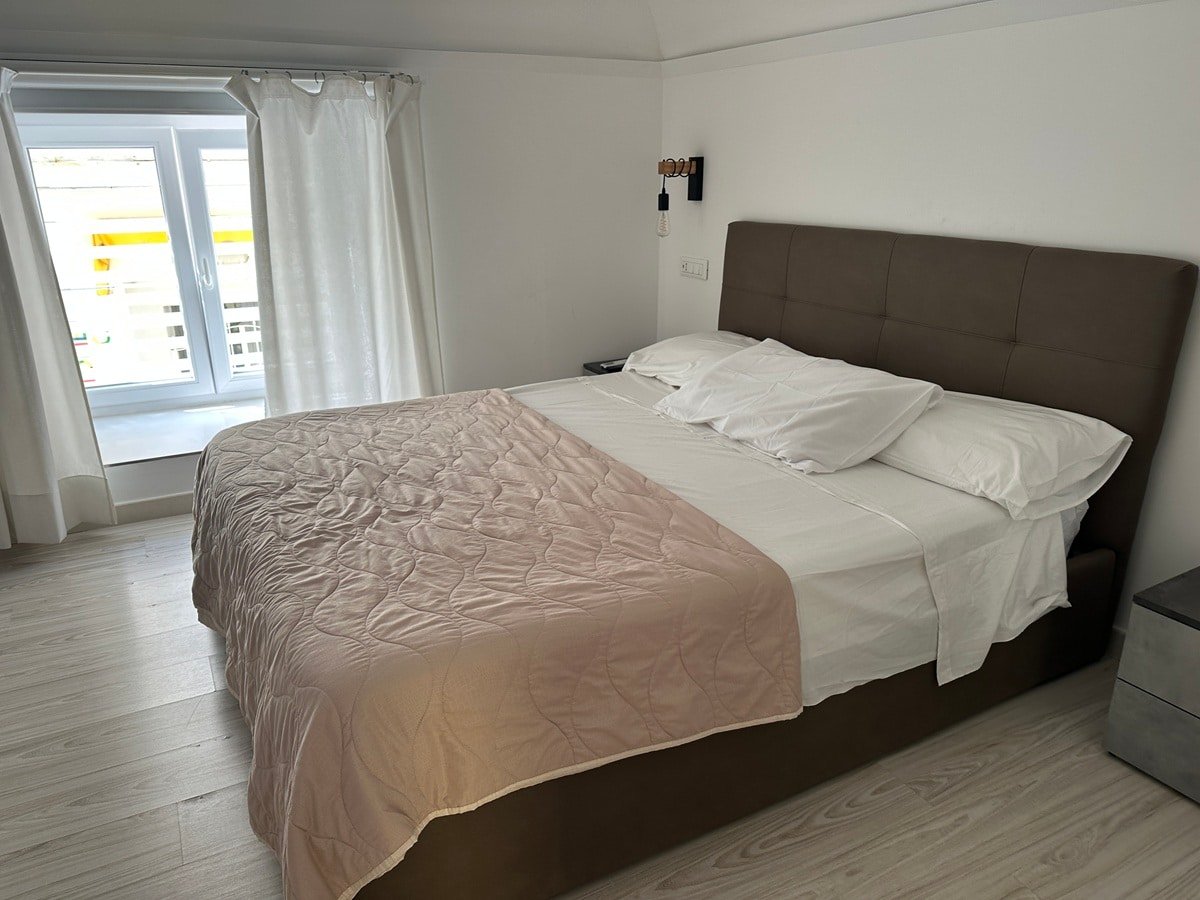




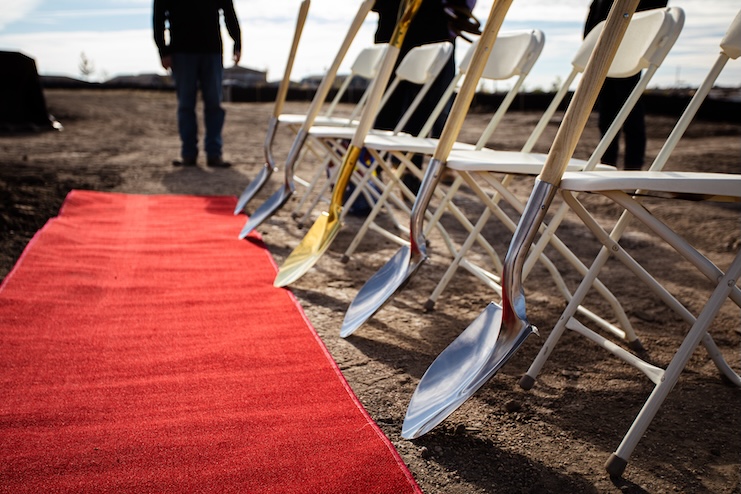













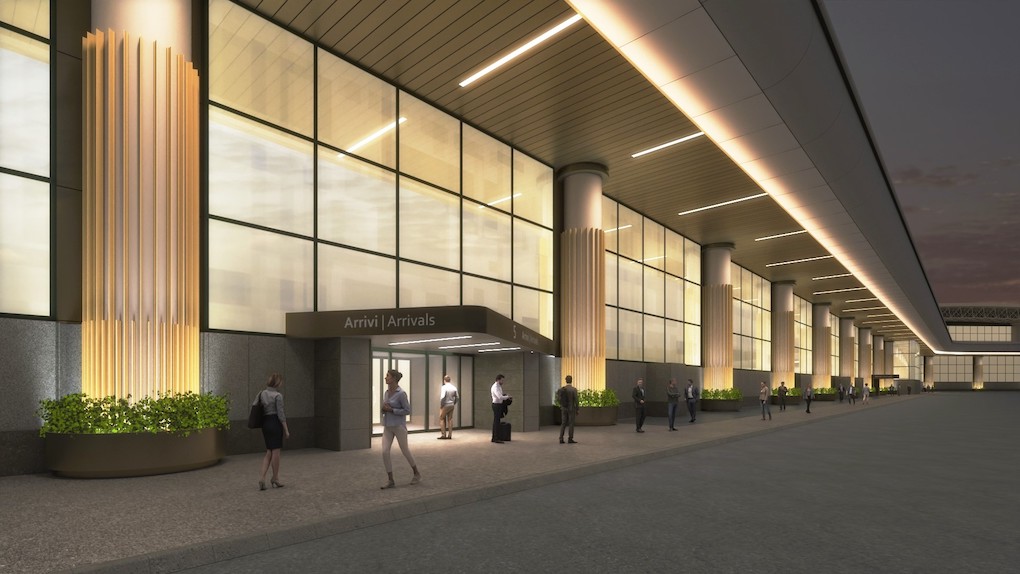

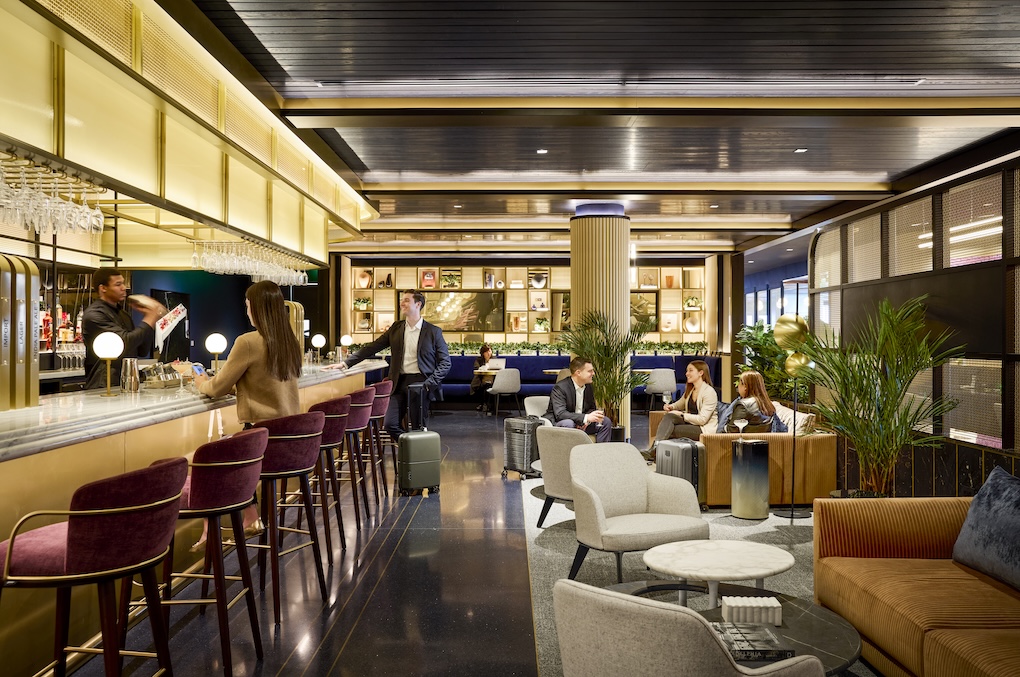













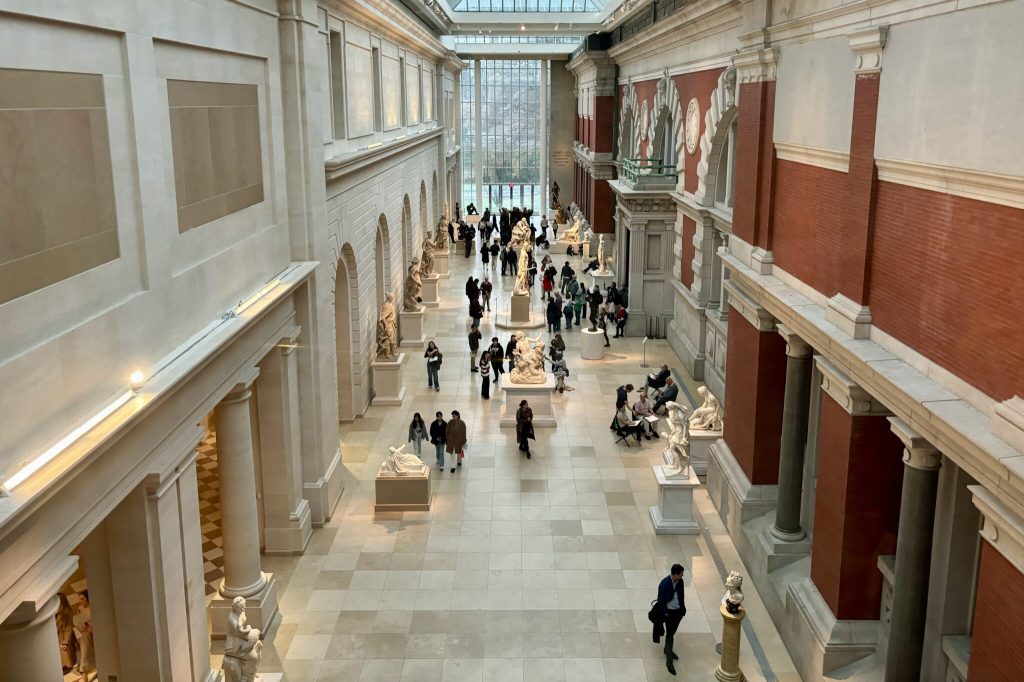

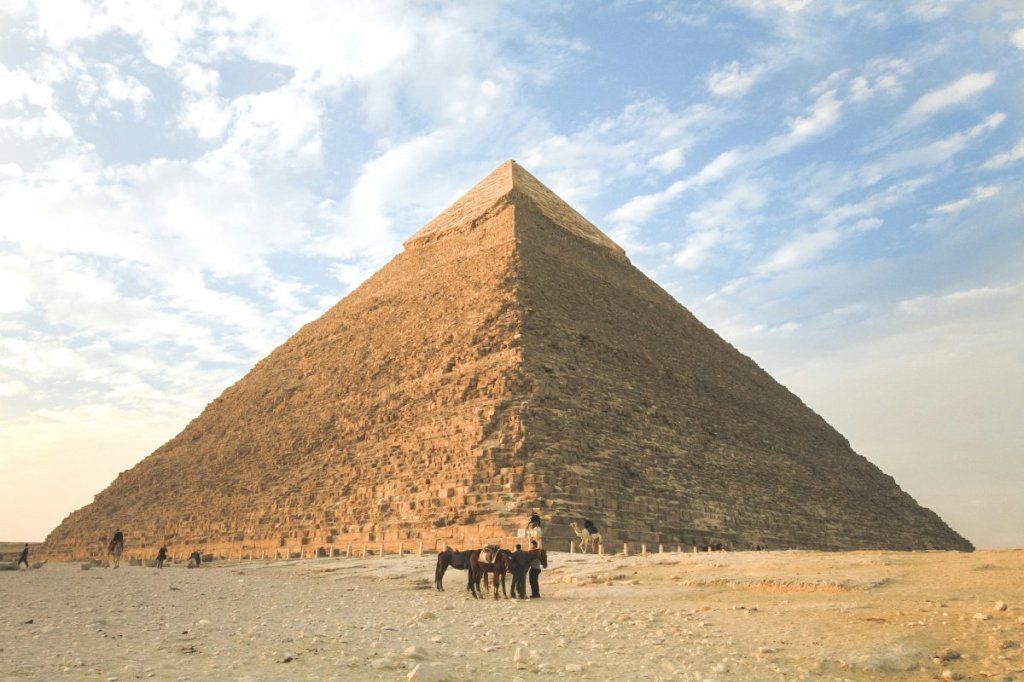





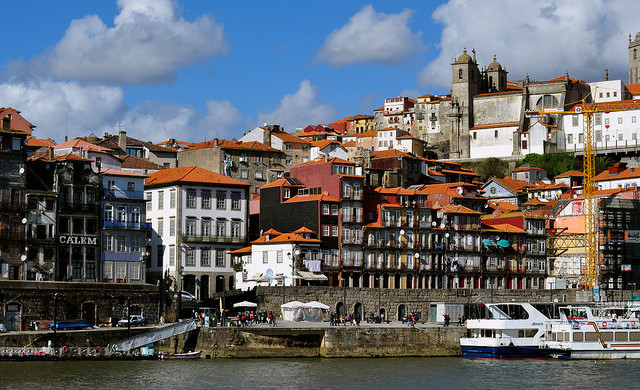
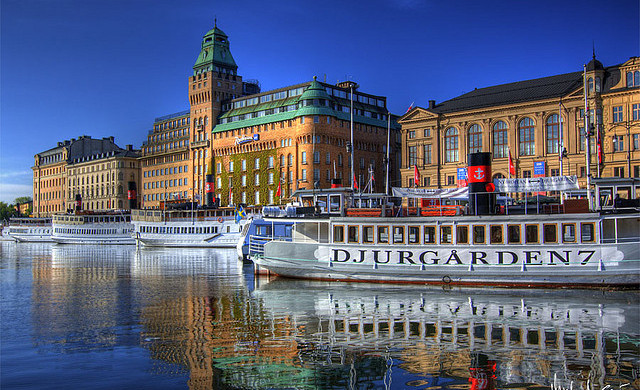
























































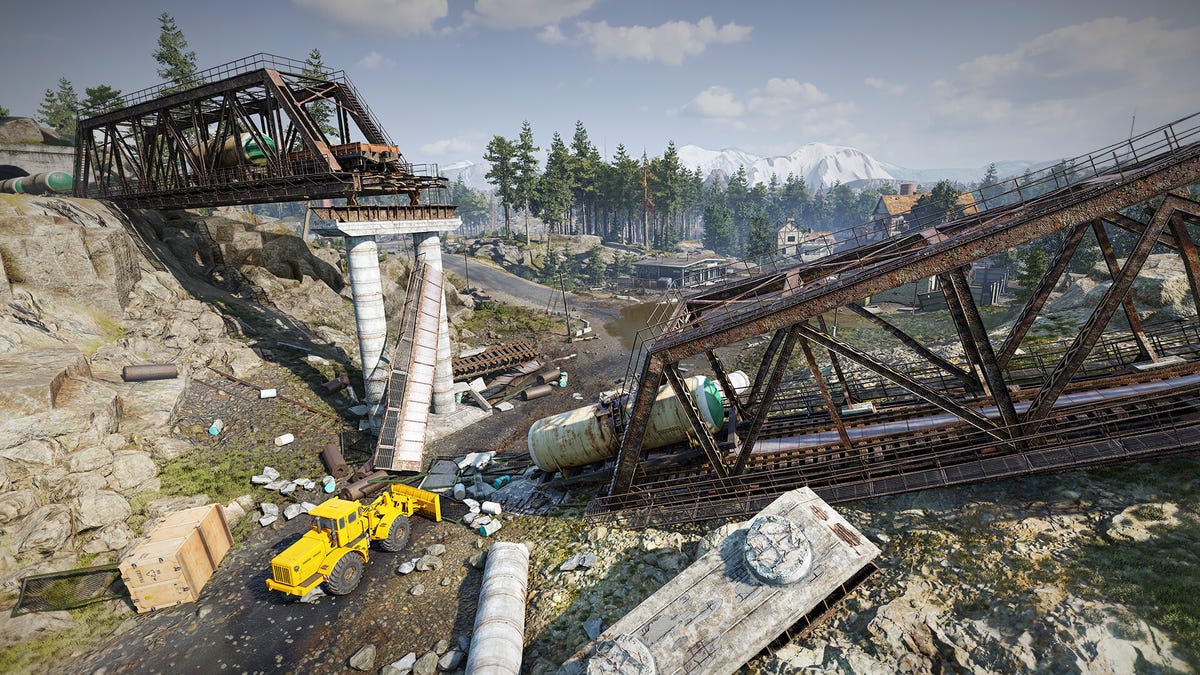

















































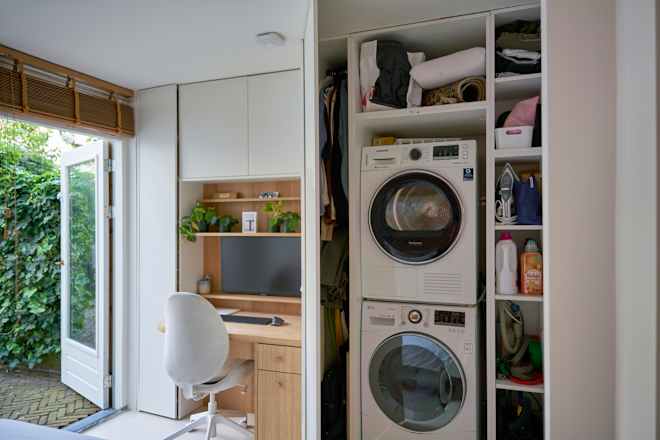
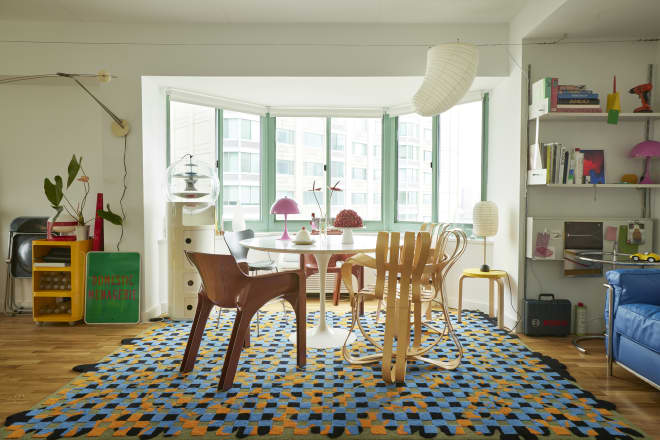

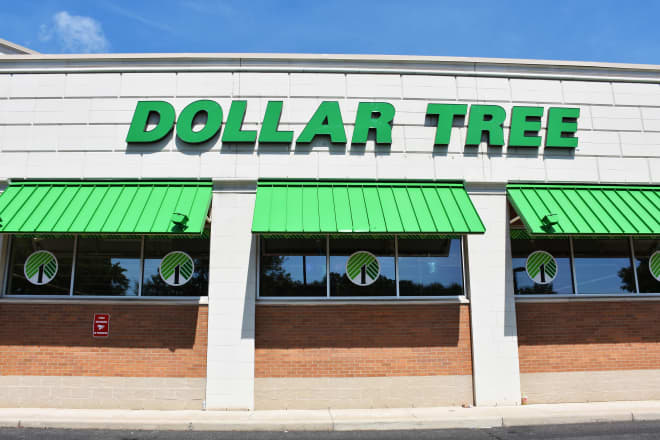


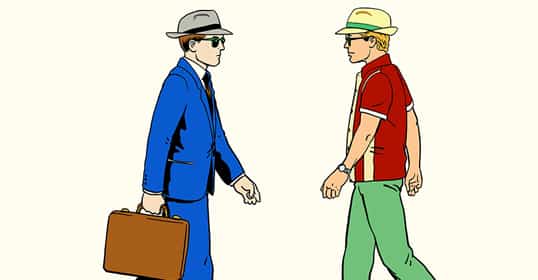













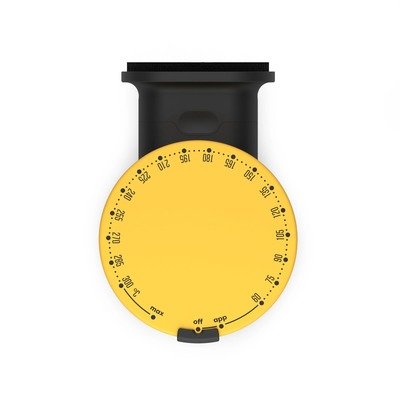





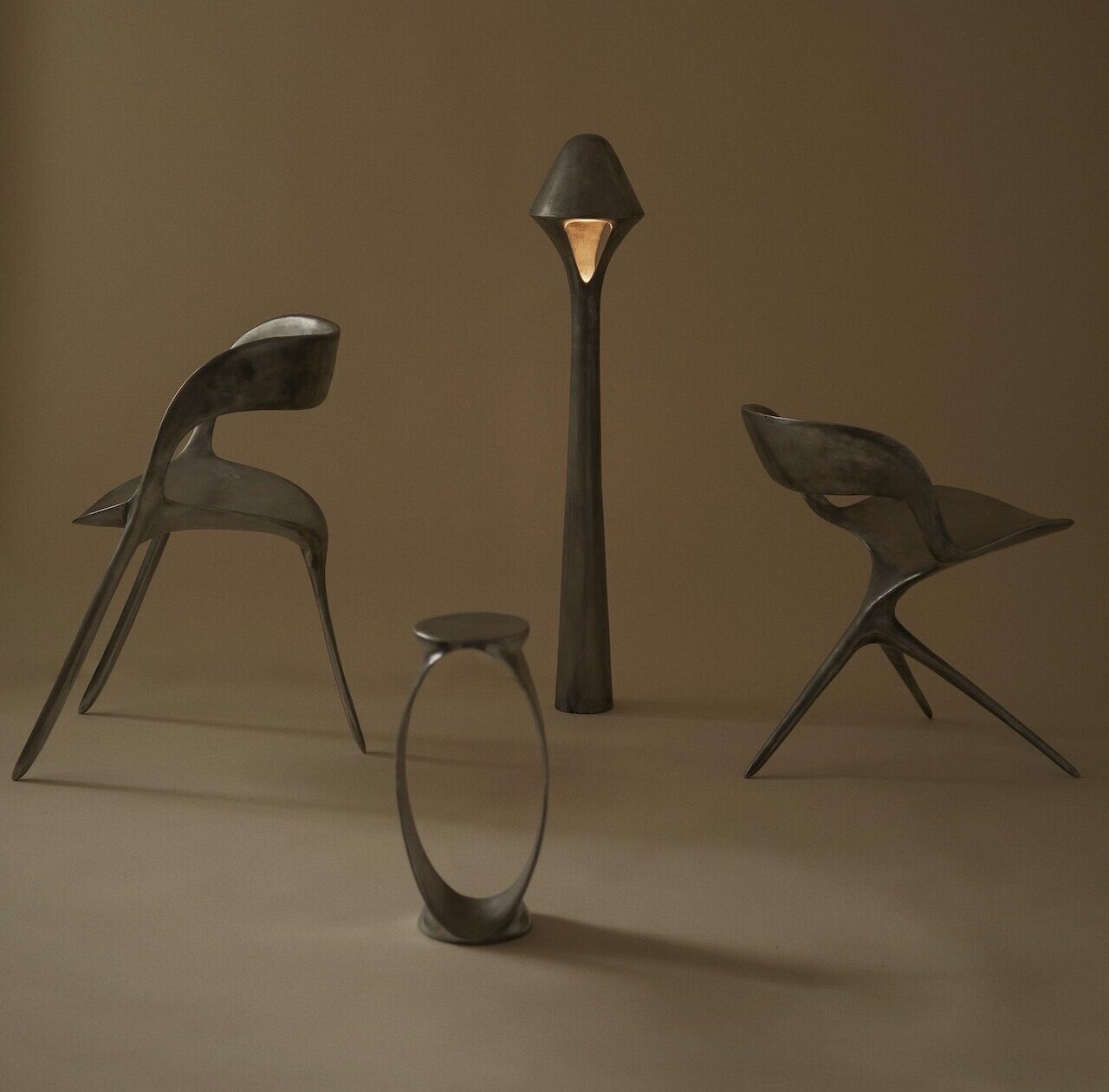





































.jpg)









![[Podcast] Problem Framing: Rewire How You Think, Create, and Lead with Rory Sutherland](https://justcreative.com/wp-content/uploads/2025/06/rort-sutherland-35.png)





































